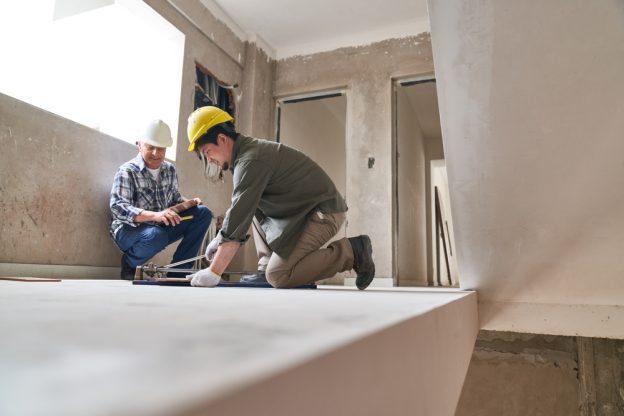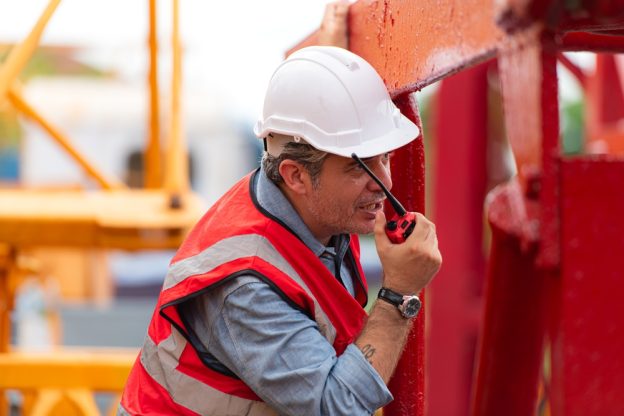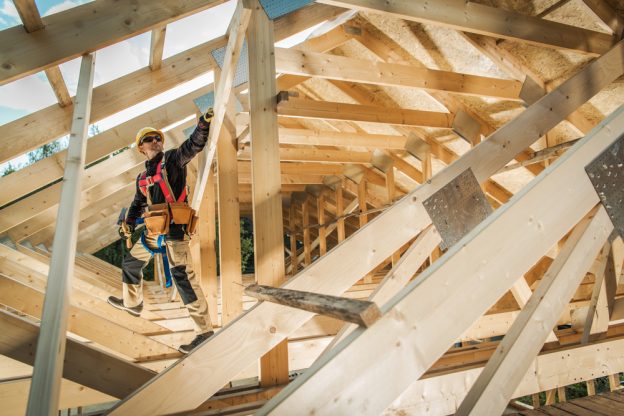Introduction
Stepping into the world of construction as a licensed contractor in California means more than reading blueprints and navigating building codes, it’s about building teams you can trust. With the construction industry in 2025 facing worker shortages and an ever-greater emphasis on project delivery, mastering the art of finding reliable subcontractors is no longer optional; it’s essential to your success. Whether you’re prepping for the California license exam or planning your first big project, learning how to source skilled, dependable subs is one of your most valuable assets.
Understanding the Importance of Subcontractor Selection
Before you start seeking bids, it’s crucial to recognize what’s at stake with subcontractor selection. Subcontractors often handle specialized work, everything from electrical and plumbing to framing and finishes. A strong selection process shields you from delays, cost overruns, and subpar results. In 2025, when demand is high and the skilled worker gap widens, competition for top subcontractors intensifies. That means having a strategic, repeatable approach matters more than ever.
When evaluating candidates, focus on their experience, licensing, financial stability, and commitment to safety. Require up-to-date credentials specific to California, as state regulations evolve often. Scrutinize reviews and ask for references from recent projects. What mattered in 2020 may no longer suffice in the fast-changing climate of 2025. Look for evidence of strong safety records: How do they manage jobsite incidents? Are their crew members regularly trained on the latest protocols? A proactive subcontractor is one who values reputation and reliability just as much as you do.
Where and How to Find Reliable Subcontractors
You have more options than ever to source top-tier subs, from tried-and-true networking to cutting-edge online platforms. Start with your personal network. Ask trusted colleagues, suppliers, or even friendly competitors for recommendations. Word of mouth remains one of the most reliable filters for quality.
But don’t stop there. Where digital tools are concerned, 2025 is a game-changer. Construction-focused bidding sites like Downtobid, Dodge Construction Central, PlanHub, and ConstructConnect make discovering and vetting subcontractors easier than ever. These platforms allow for filtering by location, skill set, and even safety history. They also aggregate reviews and project portfolios so you can compare candidates side by side without making dozens of phone calls.
Social media and industry groups are also invaluable. Facebook groups, LinkedIn, and specialized construction forums host discussions on subcontractor performance, provide peer insights, and occasionally alert you to stars you may never have otherwise found. Many GCs use these spaces to post project opportunities, while subs display their latest work, perfect for matching needs with available talent.
For industry newcomers, local trade associations and chambers of commerce can offer invaluable introductions to seasoned pros familiar with California’s regulations. Attending regional networking events, meet-and-greets, or continuing education sessions can quickly expand your list of reliable prospects.
Vetting, Bidding, and Building Relationships
Once you have your roster, vet every candidate thoroughly. Request at least three references and check their license status with the California State License Board. Review portfolios (ideally, ones that demonstrate recent projects similar in size and scope to yours). Don’t hesitate to dig into their financial reliability—suppliers and previous GCs are good resources for honest feedback.
When requesting bids, be clear and detailed in your scope. The best subs may pass on vague invitations. Use bid management tools like those found on ConstructConnect or ProjectMark to organize responses, compare proposals side-by-side, and track communications. These systems can automatically flag missing documentation, filter proposals by qualifications, and even help score candidates on predefined criteria such as schedule, crew size, or sustainability initiatives.
As important as the paperwork is, the relationship comes first. Reliable subcontractors want to work with general contractors who value communication, fairness, and transparency. Treat every interaction as part of building a long-term partnership, not just a transaction. For example, even if a sub’s bid comes in slightly higher, their proven track record or willingness to adjust to scope changes may be the deciding factor. The best relationships are built on mutual respect and open dialogue.
Conclusion: Set Yourself Up for Success in 2025
Finding the right subcontractors isn’t about luck—it’s a skill that blends technology, networking, and old-fashioned diligence. As you prepare for your California contractor license exam and beyond, focus on processes that help you source, vet, and partner with the best talent available. Use every resource at your disposal: from digital bid boards to association intros, from scouring portfolios to scrutinizing safety records. Build relationships, not just project lists. Your ability to assemble the right team will be your greatest asset, not just for passing the exam, but for every job you win in the years ahead.









